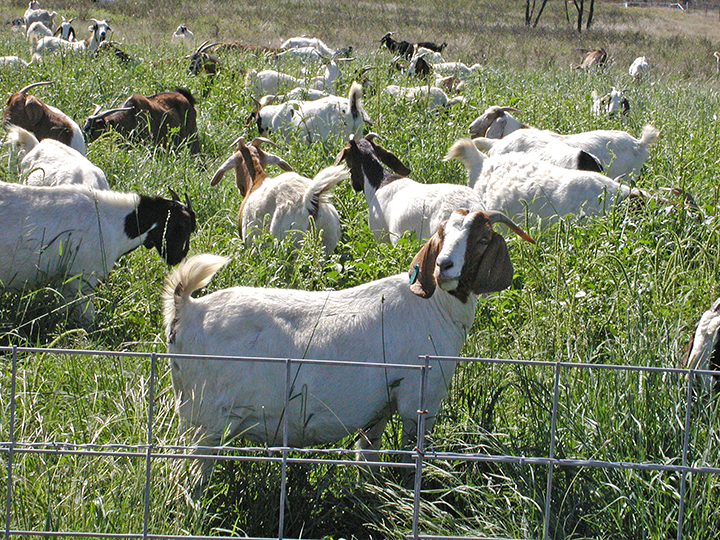By Ndumiso Tshuma
In goat farming, the technique of flush feeding is emerging as a game-changer, significantly enhancing the reproductive performance of female goats.
This targeted management practice focuses on providing improved nutrition to breeding does before the mating season, leading to increased ovulation rates and improved fertility.
Nqobani Manyabi, an animal science specialist at EL Ganado Consultancy, a livestock consultancy firm, explained that the primary goal of flush feeding is to optimise the body condition of female goats, ensuring they enter the breeding season in peak nutritional health.
“This is typically achieved by increasing the quality and quantity of their feed for a specific period before the mating season. The enhanced nutritional status triggers physiological changes that boost the does’ reproductive capabilities, resulting in higher conception rates,” said Manyabi.
He emphasised the importance of proper nutritional management during the flushing period, highlighting the need for adequate energy and protein levels in the diet.
“This is often done by supplementing the goats’ diet with high-quality forages, grains, and legumes. The timing of the flushing period can vary but usually starts a few weeks before the breeding season to allow time for physiological responses to take effect,” he noted.
The science behind flush feeding is closely tied to its impact on ovulation rates. Manyabi explained that adequate nutrition supports the development of multiple ovarian follicles, increasing the likelihood of multiple ovulations.
“This can result in a higher incidence of twin or triplet births, thereby boosting the overall reproductive efficiency of the goat herd. Flushing is particularly beneficial for breeds known for their high reproductive potential, such as Boer goats,” he added.
He also highlighted the advantages of flush feeding for prolific breeds, emphasizing that it can maximize productivity and profitability for goat farmers.
“By implementing this practice, goat farmers can significantly enhance their herd’s performance,” said Manyabi.
On another note, Manyabi underscored the crucial role of colostrum—the first milk produced by mammals—during the first hours after birth, which is vital in reducing mortality rates in calves and kids.
“Colostrum is rich in energy, oils, antibodies, and vitamins, and has a laxative effect, which is essential for clearing out the calf’s or kid’s digestive tract. Within the first two hours after birth, large protein molecules can pass from the intestines directly into the bloodstream without being digested,” he explained.
Timing is critical when it comes to colostrum intake. Within the first two hours, a calf’s intestines are uniquely able to absorb these large protein molecules directly into the bloodstream.
“After two hours, the gastrointestinal tract of the calves becomes more functional, and antibodies will begin to be partially digested as the gut becomes less permeable. Newborns must consume colostrum soon after birth,” Manyabi said.
He also offered a practical solution for farmers who may not have access to natural colostrum.
“If natural colostrum is unavailable, artificial colostrum can be made using one whipped egg, 0.3 litres of water, 0.6 litres of whole milk, and 0.25 millilitres of castor oil,” said Manyabi.

